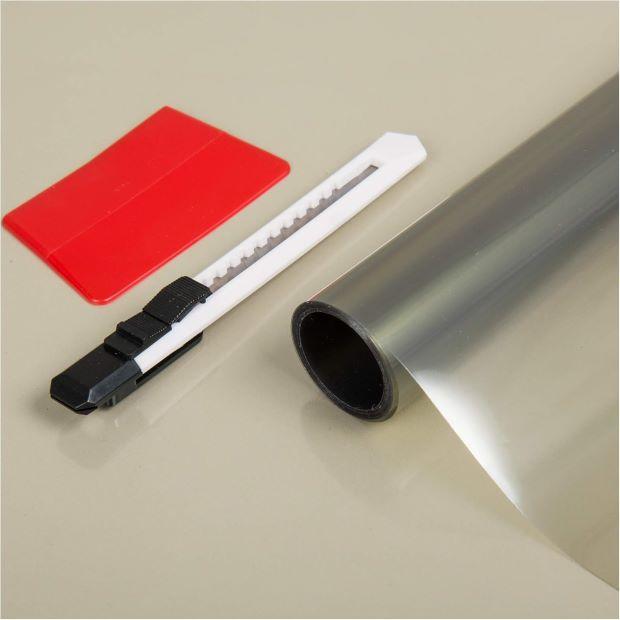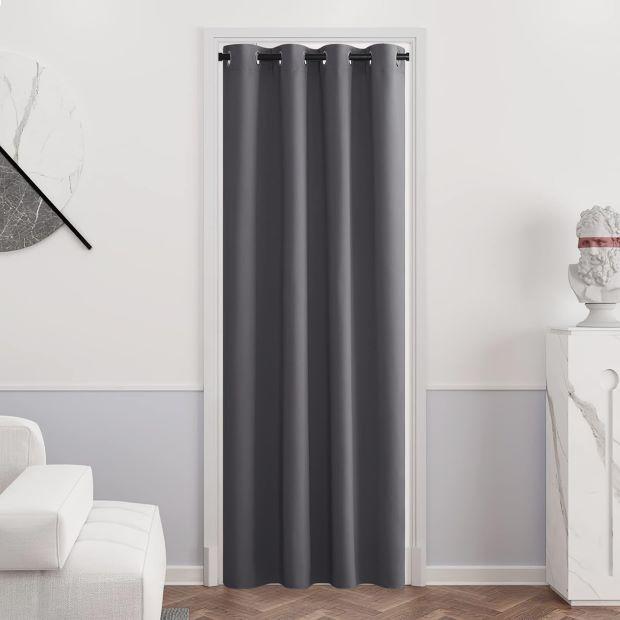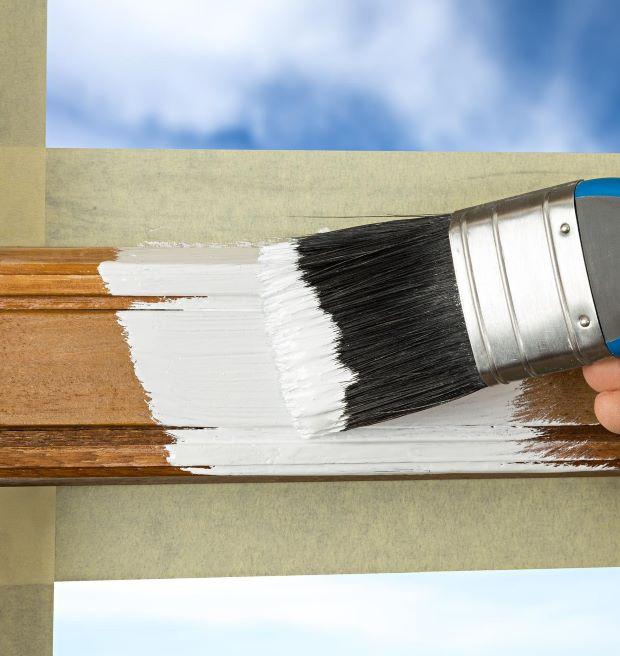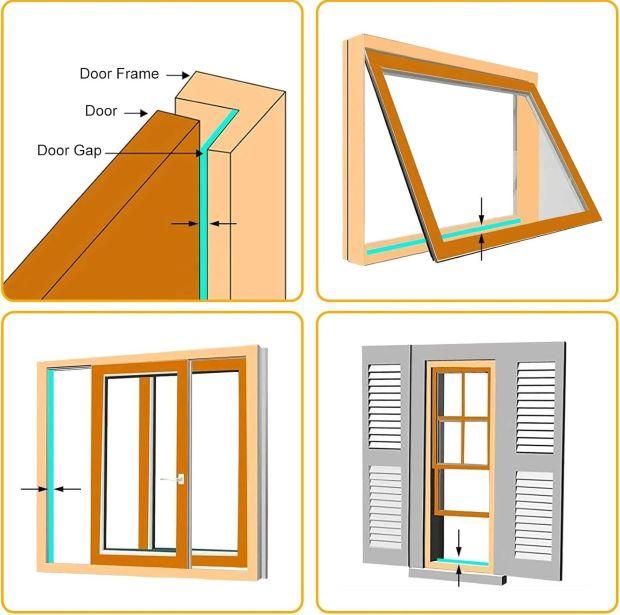To insulate old wooden windows without having to change them, it is advisable to use DIY methods such as tape seals and universal sealants.
Methods for insulating old wooden windows
Insulate old windows in wood without structural interventions is possible thanks to a series of practical and accessible solutions, including gaskets ribbon, the sealant universal for closing cracks, thermal films to be applied to glass and the use of thermal curtains.
Wooden window – Photo Getty Images
Furthermore, treat the wood of the frame and insulating the shutter boxes helps reduce dispersions.
While each method may seem limited when applied alone, combining these techniques can make a significant difference in energy efficiency, improving thermal comfort without having to change windows.
Insulate wooden windows with anti-sun film
The thermal films for windows represent a practical and economical solution to improve thethermal insulation of wooden windows without having to replace them.
 The insulation film can be easily adapted to all windows – Photo DC Fix
The insulation film can be easily adapted to all windows – Photo DC Fix
Applied directly to the glass, these transparent films they reduce heat dispersion towards the outside and offer protection from UV raysprotecting the interior from solar damage.
 Application of insulating film. Photo DC Fix
Application of insulating film. Photo DC Fix
Among the main ones advantagesthe ease of installation and the low cost make the films an accessible option, particularly useful for facing the colder months.
However, they also feature some limits: Their lifespan is quite short, so they may need to be replaced frequently.
Furthermore, while they effectively insulate the glass, they do not make a significant contribution to theframe insulationwhich may remain a source of dispersion. Despite this, thermal films allow you to maintain living comfort without altering the aesthetics of wooden windows.
Insulating wooden windows with sealing tape
The tape seals for wooden windows they are an excellent solution for improving insulation without invasive interventions.
Made of materials such as eraser, silicone o foamthey are easily applied along the edges of windows, blocking drafts and air infiltrations.
Application of sealing tape – Photo Yaomaisi
Between the pro of this method we see that they offer a good thermal resistanceimproving internal comfort and reducing energy costs, as well as being economical and easy to apply.
However, tape seals also feature disadvantages: tend to wear out quicklyespecially in areas of greatest friction, and require periodic replacement to maintain effectiveness.
They can also alter slightly aesthetics of the window, being visible in less thin models.
Despite these limitations, tape seals represent a practical and accessible solution for those looking for an immediate improvement in the insulation of wooden windows.
Insulate wooden windows with universal sealant
The insulation of wooden windows with universal sealant it is an equally effective solution for closing joints and reduce air infiltration.
Applied along the edges of the frame and joints, the sealant creates a barrier that prevents heat from escaping and cold air from entering, thus improving the energy efficiency of the home.
 Universal sealant also suitable for wood – Foto Bostik
Universal sealant also suitable for wood – Foto Bostik
Among the main ones advantagesthe sealant is strong and durable, ideal for long-term insulation, as well as being relatively cheap and easy to apply even for those who prefer DIY.
Even in this case we find some disadvantages: Once applied, the sealant is difficult to remove and requires precision so as not to compromise the aesthetic appearance of the windows.
Furthermore, over time, it may be necessary touch it up to maintain optimal sealing. However, it remains a valid and accessible solution for insulating wooden windows without complex interventions.
Insulation through thermal and insulating curtains
The thermal curtains they are a simple (especially to install) and effective solution for improving the insulation of wooden windows, reducing heat dispersion towards the outside.
 Thermal blackout curtain – Photo Pony Dance
Thermal blackout curtain – Photo Pony Dance
These curtains, made with insulating materials, form a additional barrier between the window and the internal environment, keeping the heat inside the house during the cold months and rejecting the summer heat.
The main advantages are their versatility and, as mentioned, the ease of installation. They can be opened and closed at will and are found in various design to adapt to the style of the environment.
It is also true, however, that they do not directly resolve the issues insulation problems of the windows themselves, but only of the immediate internal area. They also partially darken the room when closed, reducing the entry of natural light.
Despite these limitations, they represent a practical option and visually pleasing to improve energy efficiency without structural interventions.
Treatment of the wood of windows and shutter boxes
Finally, the wood treatment e the insulation of the bins roller shutters are useful interventions to improve the thermal resistance of wooden windows and protect the structure.
Repair the crepe and applying specific paints or fillers preserves the integrity of the wood, preventing damage due to wear and weather.
 Regular maintenance is important – Photo Getty Images
Regular maintenance is important – Photo Getty Images
This kind of maintenance of wooden windows helps maintain the insulating efficiency of the frame, prolonging the life of the fixtures.
In parallel, isolate i roller shutter boxes reduces cold air infiltration, often overlooked, which can affect living comfort.
With the application of insulating materials inside the box, a thermal barrier is created which limits dispersion and reduces external noise.
These interventions, together, contribute to significantly improving the insulation of the window as a whole, optimizing the energy efficiency of the house.
Source: www.lavorincasa.it


 Application of sealing tape – Photo Yaomaisi
Application of sealing tape – Photo Yaomaisi 